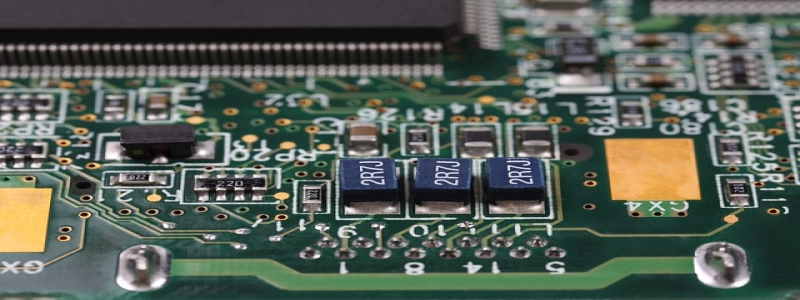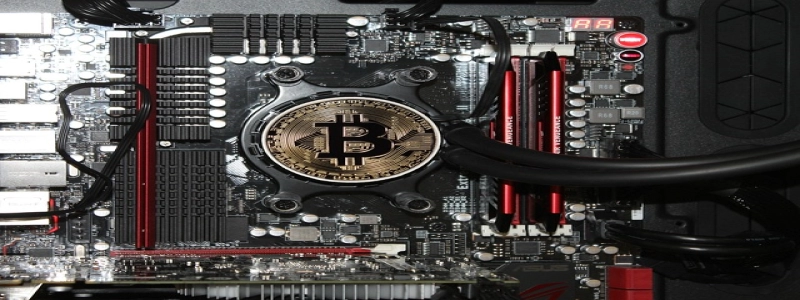How Does Ethernet Switch Work?
Introduction:
The Ethernet switch is a crucial component in computer networks that allows devices to communicate with each other efficiently. In this article, we will delve into the workings of an Ethernet switch and explore its various functionalities.
I. What is an Ethernet switch?
A. Definition: An Ethernet switch is a networking device that connects multiple devices, such as computers, servers, and printers, within a local area network (LAN).
B. Types of Ethernet switches: There are managed switches and unmanaged switches, with the former offering more advanced features and configuration options.
II. Basic functionality of an Ethernet switch:
A. MAC address learning: When a device is connected to an Ethernet switch, the switch learns the device’s MAC address and associates it with the port it is connected to.
B. MAC address table: The switch maintains a MAC address table that maps MAC addresses to their respective ports, enabling it to identify the destination port for incoming traffic.
C. Traffic forwarding: Based on the MAC address table, the Ethernet switch forwards incoming traffic only to the appropriate port where the recipient device is connected, reducing network congestion.
III. Switching methods employed by Ethernet switches:
A. Store-and-forward: This method involves receiving the entire frame before forwarding it to the destination, allowing for error checking and discarding of damaged or incorrect frames.
B. Cut-through: In this method, the switch starts forwarding the frame as soon as it receives the destination address, reducing latency but sacrificing error checking.
C. Fragment-free: A compromise between store-and-forward and cut-through, fragment-free switching checks the first 64 bytes of the frame to ensure error-free transmission.
IV. Additional features of managed Ethernet switches:
A. VLAN support: Virtual Local Area Networks (VLANs) segregate the network into logical groups, increasing security and bandwidth efficiency. Managed switches allow for VLAN setup and configuration.
B. Quality of Service (QoS): Managed switches can prioritize certain types of traffic, ensuring critical applications receive sufficient bandwidth.
C. Link aggregation: By combining multiple physical connections, managed switches create a single logical link, increasing bandwidth and providing link redundancy.
V. Ethernet switch performance factors:
A. Switching capacity: The maximum amount of data a switch can process per second, measured in Gigabits per second (Gbps).
B. Port speed: The maximum speed at which data can be transmitted through a port, commonly 10/100/1000 Mbps or faster.
C. Buffer size: The amount of memory available for storing incoming frames before forwarding, preventing packet loss during high network traffic.
Conclusion:
In conclusion, Ethernet switches play a vital role in facilitating efficient communication within a local area network. By employing MAC address learning, traffic forwarding, and various switching methods, Ethernet switches ensure seamless data transmission. Managed switches offer additional features such as VLAN support, QoS, and link aggregation, enhancing network functionality. Understanding the inner workings of an Ethernet switch is essential for network administrators to build and maintain reliable networks.








